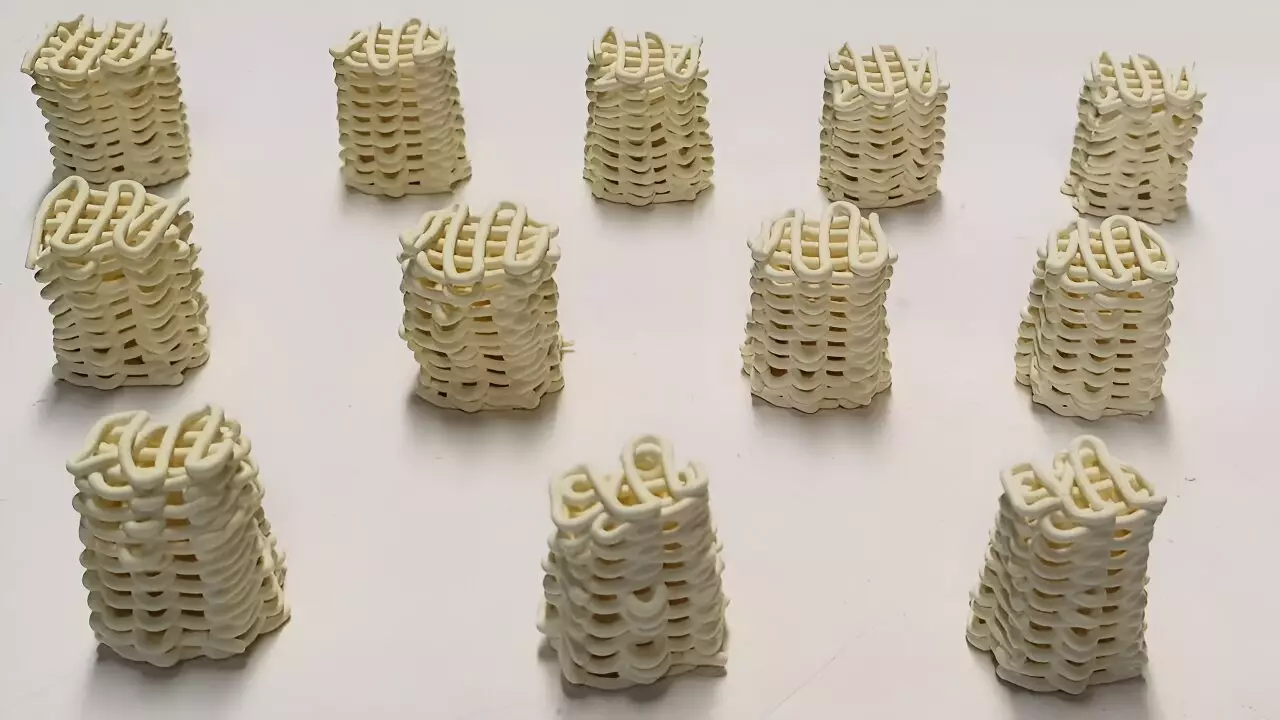In a groundbreaking development, engineers at the University of Bath have introduced a novel approach to eliminate health-damaging “forever chemicals” from water by utilizing 3D printing technology. With the utilization of ceramic-infused lattices, the researchers have successfully removed at least 75% of perfluorooctanoic acid (PFOA), a prevalent form of perfluoroalkyl and polyfluoroalkyl substances (PFAS) from water sources. The findings of this innovative method have been documented in the Chemical Engineering Journal.
The Problem with Forever Chemicals
Commonly referred to as “forever chemicals,” PFAS are known for their persistence in the environment, taking over 1,000 years to decompose in some cases. These man-made chemicals have been linked to a range of health issues, including adverse effects on reproductive, developmental, cardiovascular systems, and an increased risk of diabetes. Sources of PFAS include everyday household items like non-stick pans, raincoats, paints, fabrics, and firefighting foams. Dr. Liana Zoumpouli, a Research Associate at Bath’s Department of Chemical Engineering, emphasizes the urgency of addressing PFAS contamination in water supplies to safeguard public health.
The process involves using 3D printing technology to fabricate ceramic-infused monoliths with a high surface area, essential for efficient PFAS removal. Once the monoliths are produced, they are simply immersed in the water, where they attract and trap the harmful chemicals. This approach not only simplifies the removal process but also ensures scalability and energy efficiency. Professor Davide Mattia, a co-author of the study, highlights the necessity for stringent regulations on PFAS levels in drinking water and anticipates forthcoming policy changes to manage the health risks posed by these chemicals.
The 4cm monoliths, made of ink infused with ceramic indium oxide, are created through extrusion from a 3D printer, forming a lattice configuration. Indium oxide’s affinity for PFAS enables rapid adsorption of the chemicals onto the monoliths, resulting in their removal from the water within a few hours. Despite the current efficiency of 75% removal rate, the research team aims to enhance the process effectiveness through further optimization. Additionally, the monoliths exhibit improved performance through repeated use, as they undergo thermal treatment for regeneration after each cycle, a phenomenon under investigation for enhanced understanding.
As global awareness of PFAS contamination grows, the demand for effective mitigation strategies is on the rise. The potential scalability and efficiency of the 3D printing method offer promise for widespread adoption in water treatment facilities worldwide. With ongoing research and development, this innovative approach could revolutionize the removal of harmful chemicals from water sources, significantly benefiting public health and environmental sustainability.


Leave a Reply